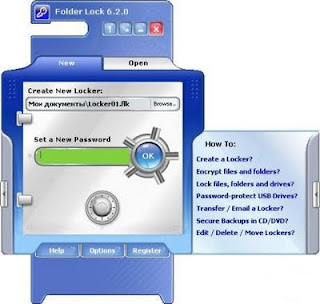Deep Freeze:
Deep Freeze is a kernel-level driver that protects hard drive integrity by redirecting information being written to the hard drive or partition, leaving the original data intact. This redirected information is no longer referenced once the computer is restarted, thus restoring the system to its original state at the disk sector level. This allows users to make 'virtual' changes to the system, giving them the appearance that they can modify core files or even delete them, and even make the system unusable to themselves, but upon reboot the originally configured 'frozen' state of the operating system is restored.
To make changes, a system administrator must 'thaw' the protected partition by disabling Deep Freeze, make any needed changes, and then 'freeze' it again by re-enabling Deep Freeze. These changes become part of the protected partition and will be maintained after restarts. 'Freezing' and 'thawing' can be done at the workstation level or remotely via either the Faronics Core management platform or the Deep Freeze Enterprise Console. Users of the Enterprise version can also create virtual partitions called ThawSpaces (of up to 1 TB on an NTFS-formatted drive) to retain data on "frozen" hard drives after restarts.
Deep Freeze can also protect a computer from harmful malware as it automatically deletes (or rather, no longer 'sees') downloaded files when the computer is restarted. The advantage to using Deep Freeze as an antivirus/antimalware application is that it uses almost no system resources, and does not slow down the computer noticeably. The disadvantage is that it does not provide real-time protection, therefore an infected computer would have to be restarted in order to remove malware.
















































